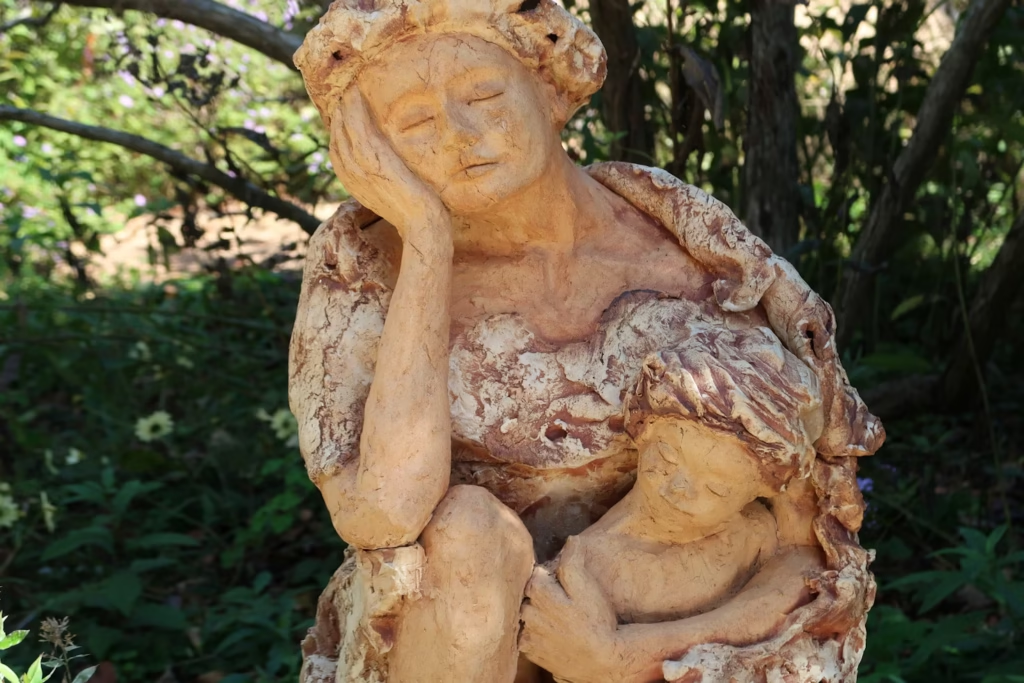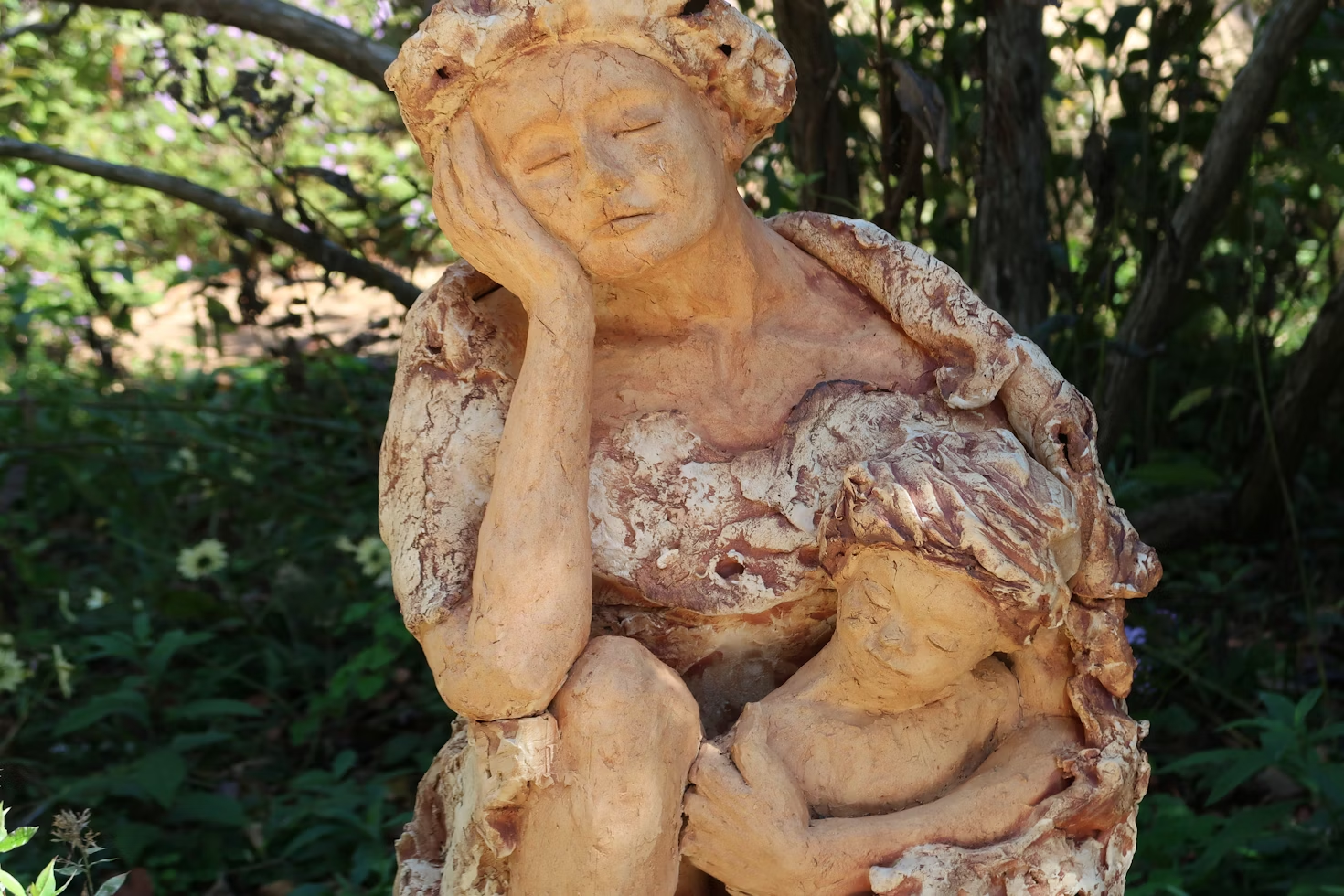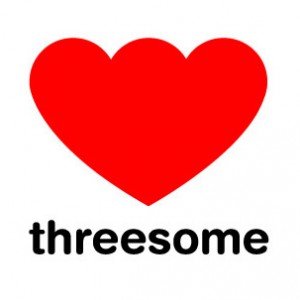Art is everywhere. It’s plastered across city walls, looping through our feeds, echoed in protest chants and gallery spaces alike. It’s bold, symbolic, and often deeply emotional. But when the stakes are high, when lives, rights, or futures are on the line, does art actually do anything?
We live in a time when activism is more visual than ever, yet some of it feels oddly hollow. Still, artists seem to believe that art can shift minds and spark something deeper. Today, let’s explore the role that art has in activism and whether it really has the power to be an effective advocate.
The Body as Battleground: Personal Art, Political Ripples
While large-scale activism often plays out in public squares or online campaigns, some of the most powerful artistic advocacy happens on an intimate scale through deeply personal, body-centric work. Artists have increasingly used the canvas of their own experiences, particularly around health, gender, and bodily autonomy, to tell stories often ignored by traditional media.

In recent years, institutional investment in protest art surged. According to MoMAA reporting, collections of politically engaged artworks have seen a price appreciation of 78%, with museum acquisition budgets in the tens of millions for protest art categories.
Many artists are using the medium to reclaim trauma, societal shame, and personal grief as legitimate, political narratives.
One example lies in feminist artists who have begun responding to medical negligence through their work. There’s so much potential as well. Art can reference controversial situations like the Paragard lawsuit, which is a hot topic right now.
Paragard is an intrauterine device that many women have suffered serious injuries from due to breakage inside the body. Artists could portray the lack of empathy that big pharma often shows to women’s health with interesting sculptures or paintings.
These works don’t just raise awareness; they make silence impossible. They remind us that our bodies are not apolitical, and that sometimes the most effective activism is not loud, but unflinchingly honest.
When Does the Medium Dull the Message?
But not all activist art lands with impact. As protest symbols become trendy and activism becomes a brandable identity, a troubling dilution occurs. A survey of protest art installations demonstrated that certain disruptive museum stunts (like soup-throwing protests) did attract attention. However, they often backfired and led to increased public apathy or backlash toward the cause.
Some of this is due to poor execution. For instance, one study on digital youth climate activism found that combining visual storytelling on social media with offline actions significantly reduces “clicktivism fatigue,” and leads to greater real-world participation across ages 16–25.
However, there’s no denying that dilution of art is taking place, especially when art that is meant to provoke becomes part of the same system. Suddenly, fists of resistance are printed on T-shirts and sold by fast fashion brands. Likewise, once-disruptive installations are housed in minimalist galleries and stripped of their original context.
The rise of “aestheticized activism” is especially visible on platforms like Instagram, where calls for justice are designed to be visually pleasing. Sure, reach and exposure have increased, but the urgency takes a back seat, and aesthetics become the focus.
At its worst, this turns the artist into a spokesperson and the artwork into an accessory. Without friction, confrontation, or discomfort, the work risks losing its subversive edge.
That’s not to say that beauty and message are mutually exclusive. However, when form starts to seduce more than it disrupts, activism becomes performance. This is sad because in a world already saturated with noise, the last thing protest art should be is forgettable.
Art as a Blueprint for What’s Possible
Beyond confrontation or awareness, one of art’s most underrated powers in activism is its ability to imagine and normalize radical alternatives. Art prototypes the future. It makes us feel what hasn’t happened yet, and in doing so, makes those futures more believable and more achievable.
This is especially vital in movements that deal with systemic change. Where the problems are so deeply entrenched that traditional advocacy can start to feel like shouting into a void.
We’ve seen this in community murals, zines, and pop-up exhibits that envision what neighborhoods could become if mutual aid, not policing, were the norm. Research in Cincinnati, which is home to over 300 murals, found that the art has a significant correlation with higher pedestrian traffic. It was also found that public spaces gained vitality and engagement, most notably without increasing crime rates.
For marginalized communities, whose realities are shaped not just by injustice but by forced invisibility, this kind of artistic futurism becomes a survival strategy.
Being able to imagine a future where you and your community are safe, seen, and free is a radical act in itself.
Ultimately, if you were to ask if art is an effective medium for activism? Not always. But when it works, it works on levels data can’t fully measure. It can provoke, disrupt, expose, or gently guide. It can make the invisible visible and the unimaginable seem possible, and that’s beautiful.
In an age where attention is fragmented and empathy is fleeting, art might not always lead the charge, but it plants the seed. Sometimes, that’s all that society needs.








